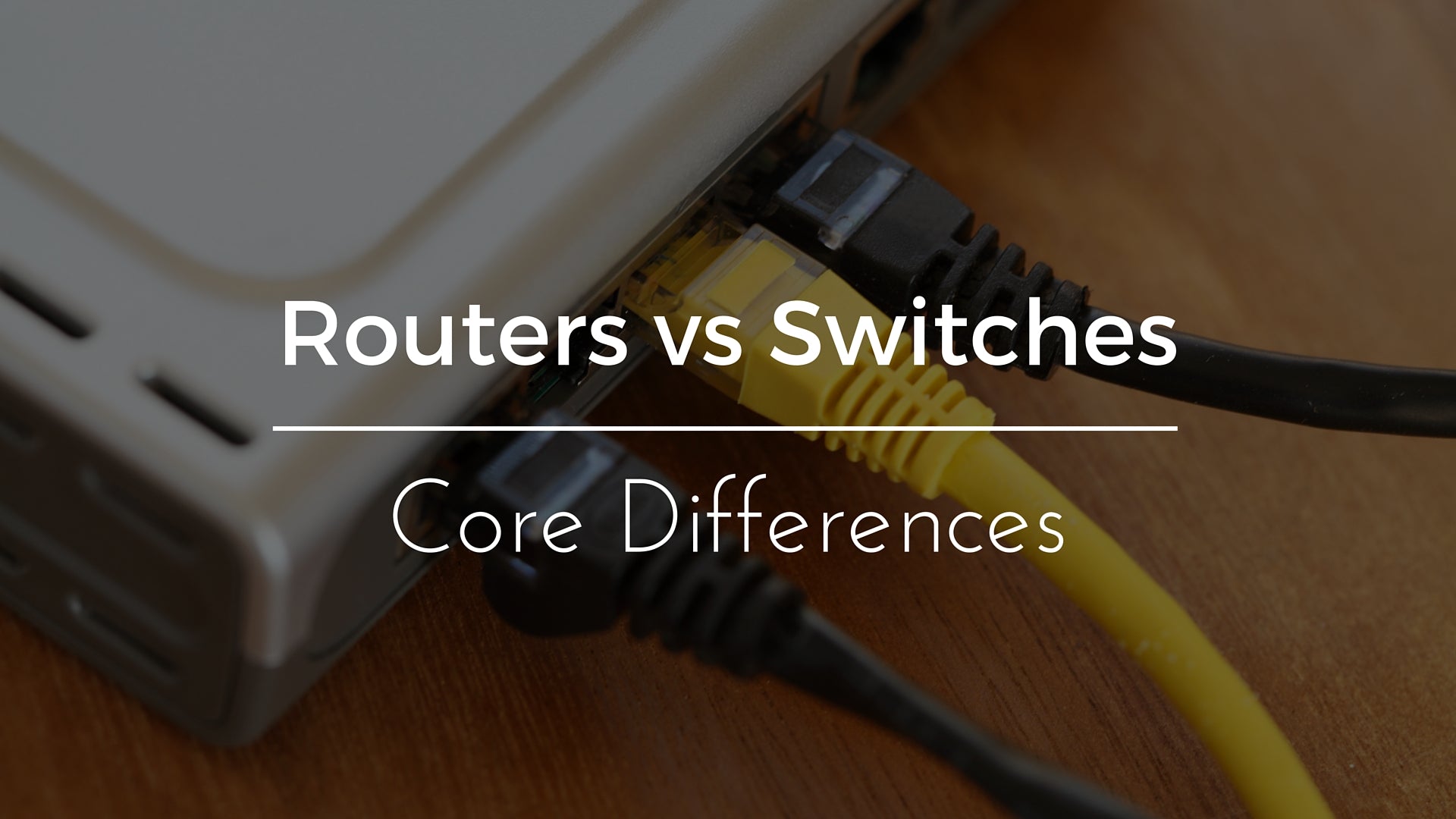
Switches and routers are networking devices. Both are primarily used to make connections between computers, networked devices, and even networks. However, routers and switches are quite different. Not only in the core of their functions but the nature of their operations. Here's a quick rundown of the differences between routers and switches:
Routers
A router is a device that connects two or more logical subnets together. Sometimes referred to as a layer 3 switch, a router is designed to receive data packets and determine the network point to which they should be sent in order to arrive at their appropriate destination. Routers are usually located at gateways where networks meet, achieving their purpose of linking, at least, two networks together and then deciding where to send information packets. Most
routers function by maintaining tables of all other routers within a given network as well as their conditions. This information is used to determine the best path to a given network through which a packet may be delivered to its destination, usually taking into account the distance as well as the cost. Routers can perform various functions depending on the circumstances at hand. They have proven themselves to be considerably effective as firewalls in high-speed internet connections.
Switches
A
switch is an electronic device that connects multiple computers together within a network. Since the process of linking network segments is sometimes called bridging, switches are usually referred to as bridging devices. The functions of switches primarily described as the governance of signal flow, and they are designed with multiple ports. They differ from ordinary bridges because they have the ability to dynamically learn new MAC addresses. When a switch receives data at any given port, it will direct that data to the correct port and forward it to its accurate destination based on the stored MAC address related to the port in question. Where the switch doesn't know the correct MAC address, it broadcasts the received data to all but the ports it has contacted before then waits for a reply from the correct port and stores the newly acquired MAC address in a special forwarding table.
Routers vs. Switches
- While routers connect different networks and link devices from one network to devices in another, switches are confined as they connect computers within a single network.
- More fundamentally, routers are layered in the standard OSI models, while switches operate at the data link layer (layer 2) unless they are multilayer switches. More importantly, routers are actually more intelligent and more sophisticated than switches.
- Where router operations revolve around IP Addresses, switches work with MAC addresses. They operate within the confines of a single network.
- While routers can work within both wired and wireless network situations, switches are restricted to wired network connections.
- Routers have their own inbuilt operating system and require configuration before use. Switches are usually ready to go when acquired and do not require prior configuration.
Routers and switches are quite divergent with regards to their role and nature of operations within the network model.

 Switches and routers are networking devices. Both are primarily used to make connections between computers, networked devices, and even networks. However, routers and switches are quite different. Not only in the core of their functions but the nature of their operations. Here's a quick rundown of the differences between routers and switches:
Switches and routers are networking devices. Both are primarily used to make connections between computers, networked devices, and even networks. However, routers and switches are quite different. Not only in the core of their functions but the nature of their operations. Here's a quick rundown of the differences between routers and switches:


